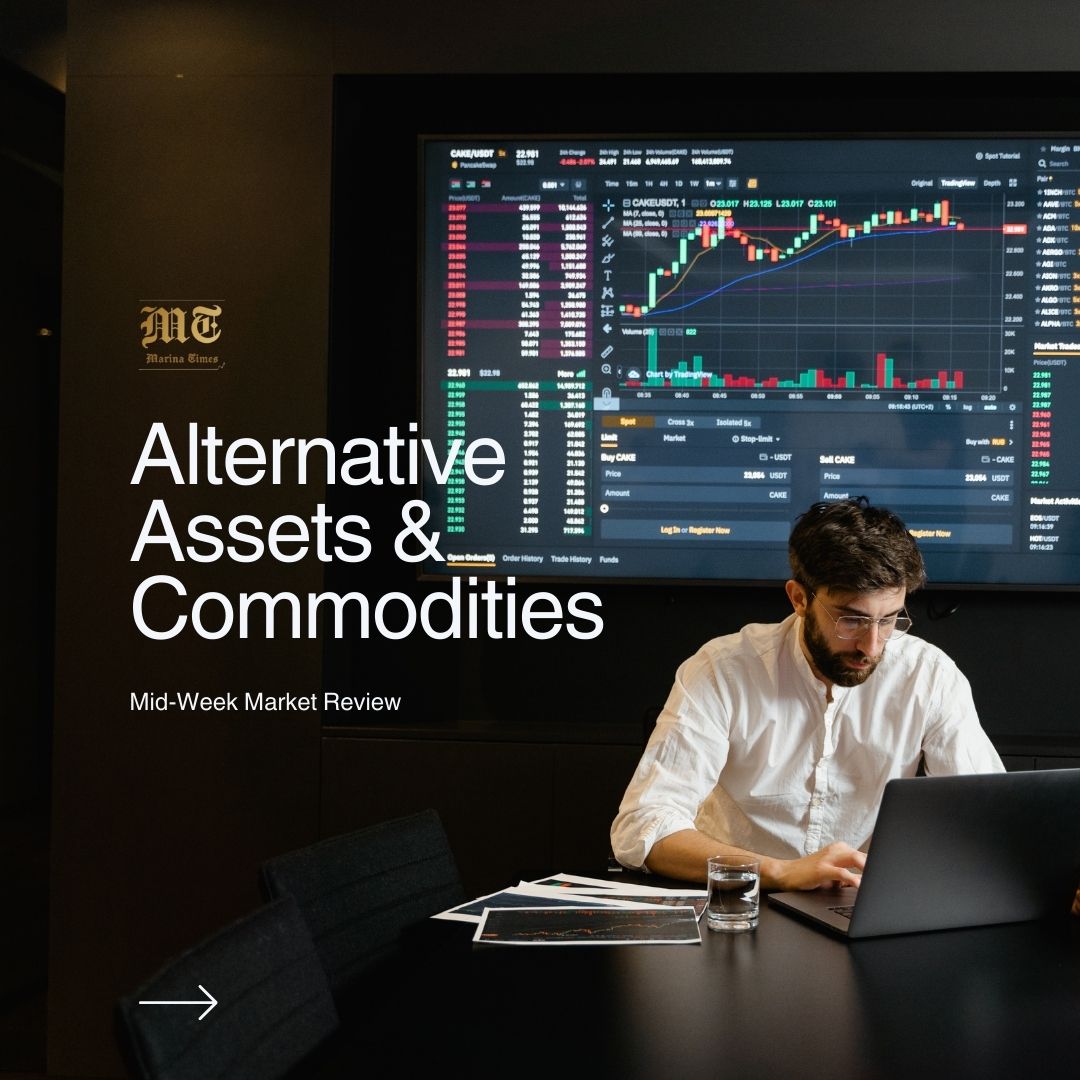

Oil prices closed lower on Friday, reflecting growing concerns over potential disruptions in global supply, particularly following the recent sanctions imposed by the US on Russia’s energy sector. Brent crude futures slipped to $80.79 from the previous day’s $81.29, while US WTI crude also dropped to $77.39 from $77.85. On Monday, Brent opened at $80.98, traded at a high of $81.23 and closed at $80.15. The following day we saw the US WTI Crude open at $77.57, peaked at $77.86, and closed the day at $75.83. On the other hand, Brent opened at $79.78 and closed at $79.29
The market is closely watching developments in US politics, particularly regarding President Trump’s return to office. His selection of Scott Bessent for Treasury Secretary has raised the possibility of stricter sanctions on Russian oil. Meanwhile, a report from the Commodity Futures Trading Commission (CFTC) showed that traders had increased their net long positions in US crude futures and options in the week leading up to January 14th.
Oil prices were also weighed down by expectations of reduced geopolitical tensions. The ceasefire agreement in Gaza has prompted Yemen’s Houthi militia to ease attacks on ships in the Red Sea and has provided some stability to the market.
On the economic front, China’s recent data is drawing attention. Despite meeting the government’s 5% growth target for 2024, China saw a rare decline in oil refinery throughput—the first drop in over 20 years, excluding the pandemic year. This was largely due to sluggish fuel demand and tighter profit margins, prompting refineries to scale back production.
The downward trend in oil prices continued on Monday, with Brent crude slipping further after President Trump’s inaugural speech, where he declared a national energy emergency aimed at boosting U.S. energy production. Trump’s administration is pushing for increased oil and gas production by reducing regulatory hurdles and reasserting U.S. energy independence.
In parallel, geopolitical tensions in the Middle East seemed to ease, further pressuring oil prices. The Hamas-Israeli ceasefire continued to hold, and Yemen’s Houthi group indicated a more limited scope of attacks on vessels in the region, offering some relief to oil markets.
Trump’s plan to declare a national energy emergency includes measures to ramp up fossil fuel production, streamline regulatory processes, and expand the US’s energy infrastructure to meet growing demand. This could have significant implications for global supply, especially as the US seeks to replenish its Strategic Petroleum Reserve, which was significantly depleted under the Biden administration after the Russian invasion of Ukraine.
Despite these policy changes, analysts are wary of a potential oversupply in global oil markets. Projections for 2025 suggest a surplus, driven by better-than-anticipated production growth, particularly from the US, and weaker demand growth in key markets like China and the US. The US Energy Information Administration (EIA) echoed this outlook, predicting a continued decline in oil prices over the next couple of years due to excess supply.
While the US’s commitment to rebuilding its Strategic Petroleum Reserve might offer some support to prices, the broader market sentiment remains cautious. The decision to halt oil imports from Venezuela; one of the largest oil producers in Latin America, introduces further unpredictability into the market outlook.
This past week in the cryptocurrency world has been marked by high-stakes action, with massive price swings and new coin launches captivating the market. Bitcoin’s volatile movements between $96,000 and $108,228 show the extreme market dynamics, while Ethereum’s more stable range between $3,138 and $3,508 illustrates that not all assets are experiencing the same level of turbulence.
The emergence of $TRUMP, a meme coin launched just two days before the U.S. Presidential inauguration, has been a major headline. The coin saw an extraordinary rise from $0.80 to $74 in under 24 hours, followed by a slight retracement to around $43. This meteoric rise, along with the coin’s market cap reaching $53.72 billion, showcases the growing trend of speculative assets in the crypto market driven by hype and momentum. The introduction of Melania Trump’s coin has further fuelled this trend, with its quick $2.06 billion market cap in less than 12 hours highlighting how meme coins can stir significant attention and capital in a short period.
Such high volatility is both a boon and a bane for crypto investors. On one hand, it presents immense opportunities for profit, but on the other hand, it poses significant risks. This rollercoaster nature of the market keeps investors on edge and underscores the inherent unpredictability of cryptocurrencies.
As always, these movements further emphasise the importance of careful research and a cautious approach when navigating through the volatile world of digital assets. The U.S. Securities and Exchange Commission (SEC) has taken its first step toward clearer crypto regulation following the departure of former Chair Gary Gensler on January 20.
In a January 21 announcement, the SEC revealed the formation of a crypto task force aimed at developing a regulatory framework for digital assets. The task force will be led by Commissioner Hester Peirce, known as “Crypto Mom” for her favourable stance on crypto regulation.
The formation of the task force was shared by Commissioner Mark Uyeda, who is currently serving as acting SEC chairman until the U.S. Senate confirms former SEC Commissioner Paul Atkins to complete Gensler’s term.
According to the SEC, the task force will focus on helping the Commission establish clear regulatory guidelines, create feasible paths for registration, develop practical disclosure frameworks, and effectively allocate enforcement resources.
Meanwhile, a Swiss government-owned retail bank that is crypto-friendly is now offering Ether staking to its 2.7 million customers, representing about a quarter of Switzerland’s population.
In a blog post published on January 16, the bank announced that it would allow investments in Ether (ETH), priced at $3,321.64, with a fixed staking term of twelve weeks. Customers will also have the option to sell the staking rewards they earn during this period.
This move comes as traditional banks increasingly explore the crypto space. Notably, in December, Anchorage Digital became the first U.S. federally chartered bank to support liquid Ether staking.
Typically, staking Ether requires a minimum of 32 ETH (approximately $106,000 according to CoinGecko). However, PostFinance will allow users to stake as little as 0.1 ETH, equivalent to roughly $331.
With Donald Trump’s inauguration complete, the crypto world waits in anticipation of his upcoming policies. Investors are eager to see how his stance on cryptocurrency will shape the market and whether it will lead to new opportunities or challenges for digital assets.